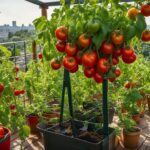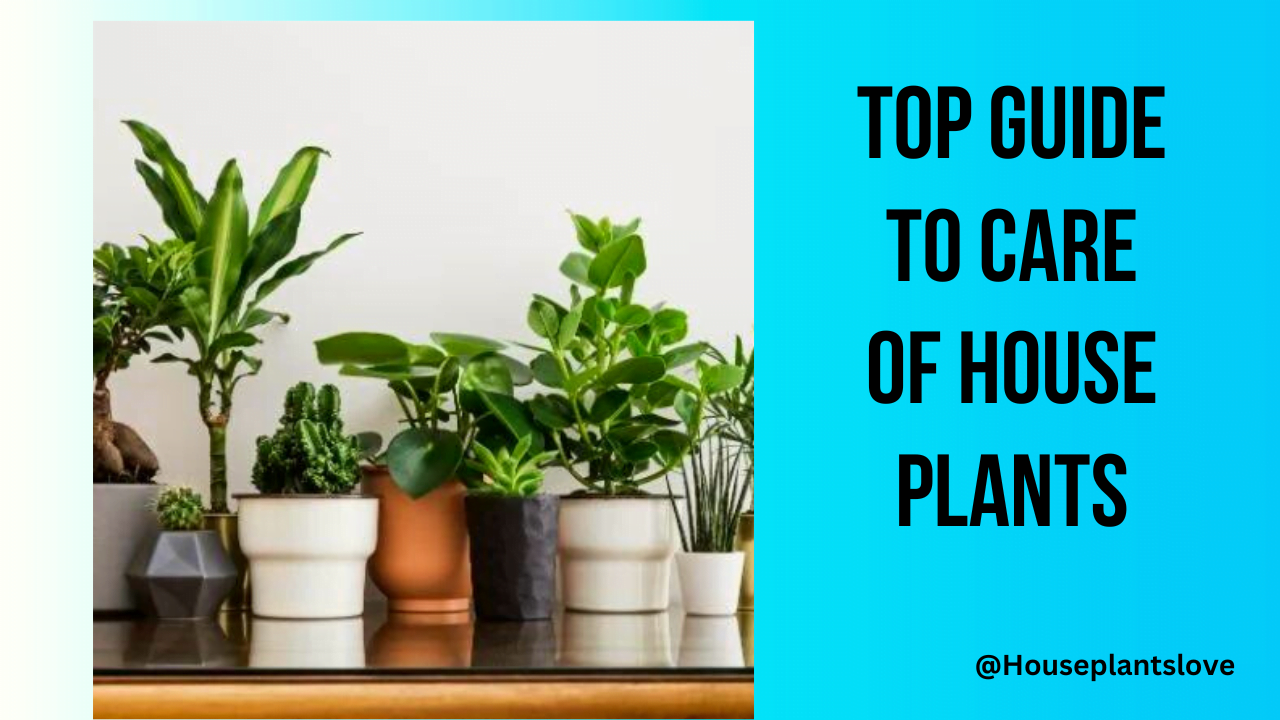Tips for Maximum Germination of Seeds, Temperature Chart for Different Plants, Start Seed Germination in Winter or Spring Weather indoor or outdoor
Starting seeds indoors or outdoors during the winter! Whether you have limited space indoors or want to take advantage of the cool temperatures outdoors, I’ve got you covered with valuable tips and information. Starting seeds in winter can be a rewarding experience, allowing you to get a head start on your spring garden. With the right techniques and preparation, you can enjoy a bountiful harvest when the warmer months roll around. In this guide, I will share tips and insights to help you successfully start seeds in winter.
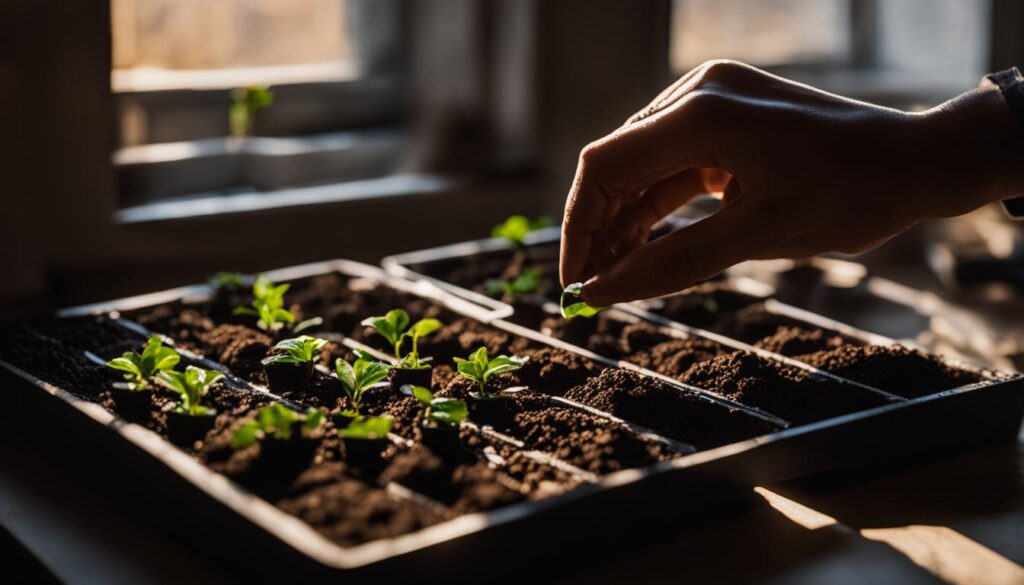
Whether you choose to start seeds indoors or venture outdoors, there are a few key factors to consider. Temperature, lighting, moisture, and suitable varieties all play crucial roles in the success of your seedlings. In the following sections, I will provide step-by-step instructions, helpful charts, and expert tips to support your winter seed-starting journey.
Starting seeds in winter doesn’t have to be daunting. With the right knowledge and preparation, you can enjoy the satisfaction of nurturing your own plants from seed to harvest. Let’s delve into the wonderful world of seed starting and discover the joys of growing your own garden, even in the coldest months!
Step-by-Step Guide to Starting Seeds for a Spring Garden
Starting seeds for a spring garden is an exciting and rewarding way to kickstart your gardening season. By following a few simple steps, you can ensure successful seed germination and healthy seedlings for your garden. Here’s a step-by-step guide to get you started:
- Gather your supplies: To begin, gather all the necessary supplies for starting seeds. You will need high-quality seeds, seed trays or pots, a seed-starting mix, and labels to keep track of your seeds.
- Moisten the seed-starting mix: Before filling your containers, moisten the seed-starting mix to provide an optimal environment for seed germination. Follow the instructions on the package to determine the correct moisture level.
- Fill the containers: Fill the seed trays or pots with the moistened seed-starting mix. Make sure to leave some space at the top of each container for watering.
- Plant the seeds: Plant the seeds at the appropriate depth according to the instructions on the seed packet. Generally, the depth should be about twice the diameter of the seed. Gently press the soil to ensure good seed-to-soil contact.
- Cover and label: Cover the planted seeds lightly with soil, and then label each container with the seed variety and date of planting. This will help you keep track of your seeds and their progress.
- Water and provide proper conditions: Water the seeds gently using a watering can or spray bottle. Avoid overwatering, as it can lead to damping-off disease. Place the containers in a warm and well-lit area, such as a sunny window or under grow lights.
- Monitor and care for the seeds: Keep a close eye on the seeds’ progress. Ensure that the soil remains moist but not waterlogged. Adjust the watering schedule accordingly. Additionally, provide the seeds with appropriate temperature and light conditions for optimal germination.
- Transplant and prepare for planting outdoors: As the seedlings grow, monitor their size and development. When they have grown enough and the frost danger has passed, transplant them into larger containers or directly into your garden. Harden off the seedlings by gradually exposing them to outdoor conditions before planting them in their permanent location.
By following these step-by-step instructions, you can successfully start seeds for a spring garden and enjoy a bountiful harvest. Happy gardening!
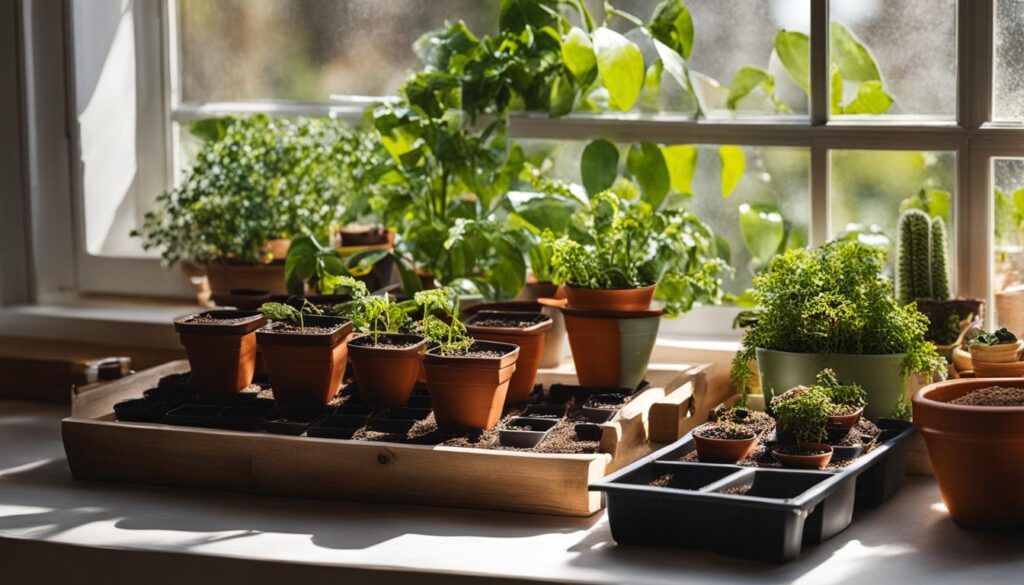
Seed Germination Temperature Chart for Different Plants
Different plant species have specific temperature requirements for optimal germination. Here is a seed germination temperature chart for common garden plants:
| Plant | Temperature Range (°F) |
|---|---|
| Tomatoes Plants | 70-85 |
| Peppers | 70-85 |
| Lettuce | 40-80 |
| Radishes | 45-85 |
| Carrots | 50-85 |
| Beans | 60-85 |
| Cucumbers | 70-95 |
Use this chart as a guideline for providing the right temperature conditions for your seeds.
How to Start Seed Germination in Indoor or Outdoor in Winter Weather
During the winter, starting seed germination can be a challenge due to cold temperatures. However, with the right techniques, you can successfully begin the growth process for your plants, whether indoors or outdoors.
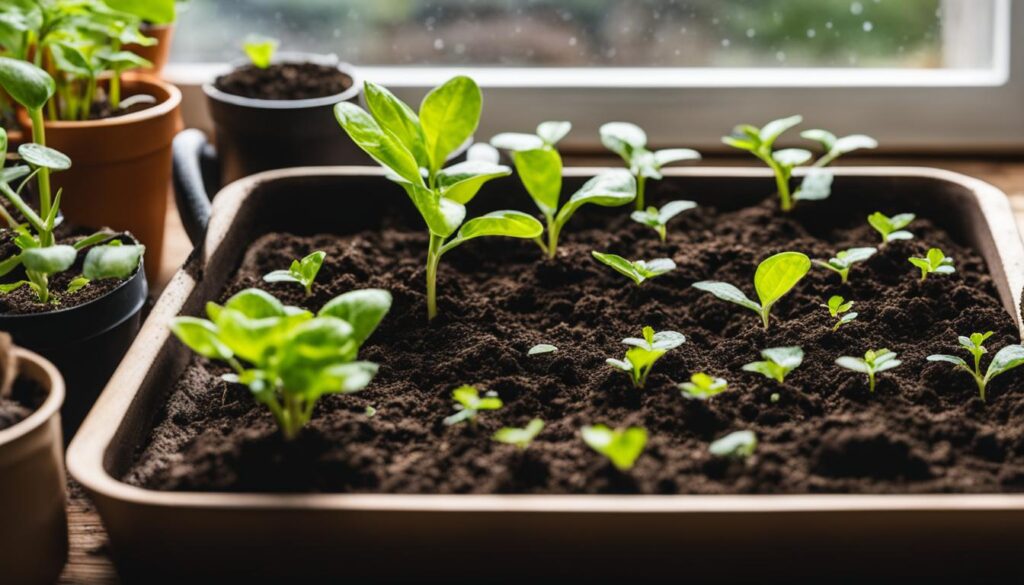
Tips for Starting Seeds Germination Indoors
When it comes to starting seeds indoors, there are a few essential tips to ensure success.
1. Use a high-quality seed-starting mix
Choosing the right seed-starting mix is crucial for providing your seeds with the necessary nutrients and proper drainage. Opt for a mix that is specifically designed for seed germination.
2. Sow seeds at the recommended depth
Each type of seed has its own recommended planting depth. Be sure to follow these guidelines to ensure optimal germination. Planting too deep or too shallow can result in seeds failing to germinate.
3. Provide adequate light
Light is essential for seed germination and healthy seedling growth. Place your seed trays near a sunny window or use grow lights to provide sufficient light. Keep the lights on for 12-16 hours a day, adjusting the height as the seedlings grow.
4. Maintain appropriate moisture levels
Seeds require consistent moisture to germinate, but they can also be sensitive to overwatering. To maintain appropriate moisture levels, water the seeds from the bottom by placing the tray in a shallow dish of water or use a misting bottle to lightly spray the soil surface.
5. Gradually harden off seedlings
Before transplanting your seedlings outdoors, it’s essential to gradually acclimate them to the outdoor conditions. Start by exposing them to a few hours of sunlight or outdoor environment each day, gradually increasing the duration over a week or two. This process, known as hardening off, helps prevent transplant shock.
Following these tips will give your seeds the best chance of success and help you grow healthy seedlings for your garden.

Recommended Planting Depths for Common Seeds
| Seed | Recommended Planting Depth |
|---|---|
| Tomatoes | 1/4 inch (6 mm) |
| Lettuce | 1/8 inch (3 mm) |
| Cucumbers | 1 inch (2.5 cm) |
| Peppers | 1/4 inch (6 mm) |
| Carrots | 1/4 inch (6 mm) |
Tips for Starting Seeds Outdoors in Winter
Starting seeds outdoors in winter can be challenging, but with the right techniques, it can be successful. Here are some tips to help you get started:
- Choose cold-tolerant plant varieties: Select seeds that are known to thrive in colder temperatures. Examples include kale, spinach, carrots, and radishes. These plants are more resilient to winter conditions, making them ideal for outdoor seed starting.
- Prepare the soil: Before planting your seeds, ensure that the soil is in optimal condition. Remove any debris, rocks, or weeds that may interfere with seed germination. Add compost or organic matter to enrich the soil and provide essential nutrients.
- Create microclimates: Winter weather can vary greatly in different areas of your garden. To create favorable conditions for seed growth, you can use protective coverings like cloches or cold frames. These structures help trap heat and shield plants from harsh winter elements.
- Monitor soil moisture: It’s important to keep the soil consistently moist during seed germination. Check the moisture levels regularly and water as needed. Avoid overwatering, as it can lead to fungal diseases and rot.
- Provide additional insulation: In extremely cold climates, you may need to provide extra insulation to protect your seeds from freezing temperatures. Mulch or straw can be applied around the seedbed to help retain heat and keep the soil warmer.
Incorporating these tips into your outdoor seed-starting process will increase your chances of success even in winter. With patience and proper Winter Care Tips, you can enjoy a bountiful garden come springtime.
Remember, whether you choose indoor or outdoor seed starting in winter, each method has its advantages and challenges. Consider your available space, resources, and crop preferences to determine the best approach for your winter gardening endeavors.
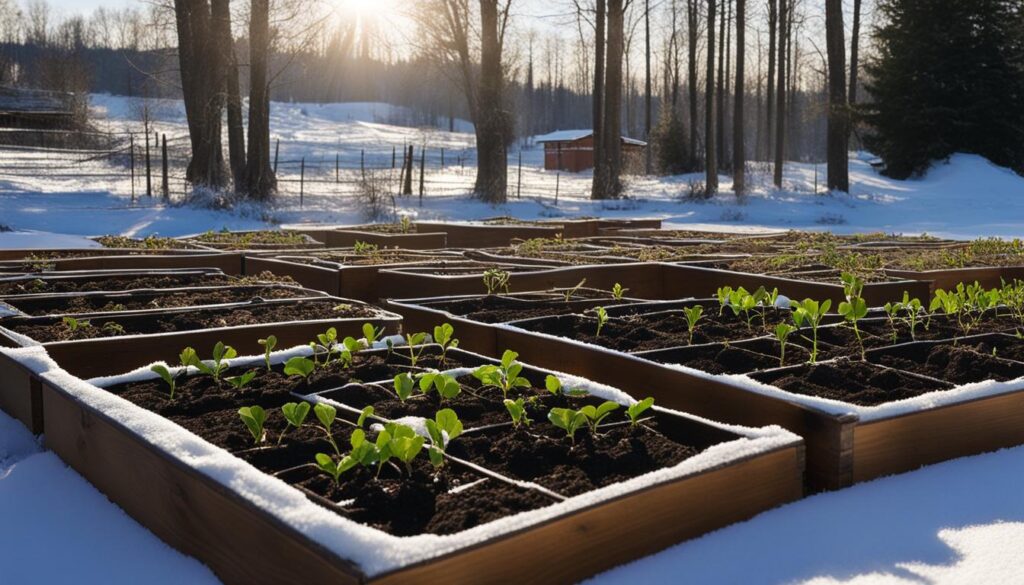
Best Ways to Start Seeds in Cold Weather
Starting seeds in cold weather can be a challenging but rewarding endeavor. With the right techniques and strategies, you can give your seeds a head start and ensure successful germination. Here are some of the best ways to start seeds in cold weather:
1. Pre-Chilled Seeds or Scarification
If you’re starting seeds that require a period of cold stratification, you can either purchase pre-chilled seeds or prepare them yourself. Scarification, which involves nicking or gently filing the seed coat, can also help break seed dormancy and promote germination in cold weather.
2. Bottom Heat Sources
Providing warmth to your seeds is crucial for faster germination in chilly conditions. Consider using bottom heat sources like heat mats or placing seed trays in warm water to create a cozy environment for your seeds.
3. Optimize Sunlight Exposure
Even in cold weather, sunlight is essential for seed germination. Place your seed trays in south-facing windows to maximize sunlight exposure. If you don’t have access to ample natural light, you can use reflective materials to redirect and enhance the sunlight available to your seeds.
4. Choose Cold-Tolerant Seed Varieties
Not all seeds are equally tolerant of cold temperatures. When starting seeds in cold weather, it’s wise to select varieties that are known to withstand lower temperatures. These cold-tolerant seeds are more likely to germinate and thrive in chilly conditions.
By following these techniques, you can enhance your chances of successful seed germination in cold weather. Experiment with different methods and find what works best for the specific seeds you’re starting. Remember to monitor temperature, light, and moisture levels to provide the optimal conditions for your seeds to sprout and grow.
Cold-Tolerant Seed Varieties
| Plant | Temperature Range (°F) |
|---|---|
| Lettuce | 40-75 |
| Spinach | 35-75 |
| Radishes | 40-70 |
| Carrots | 50-70 |
| Peas | 40-70 |
| Swiss Chard | 50-75 |
Some Additional Very Important Tips For maximum germination of seeds
- Be Mindful of Seed Packets: When purchasing seeds, check the expiration date on the packet. Seeds older than six months may not yield optimal germination. Avoid using packets older than a year to ensure successful growth.
- Planting Locations: Whether you are planting on the balcony or a large landscape, consider the height and color of the flowers based on the area. Tailor your choices to the space available.
- Watering Schedule: Ensure a consistent watering schedule, providing water in the morning and evening. Avoid high-pressure watering, as it may displace seeds. Be cautious of weather changes and adjust watering accordingly.
- Planting in Installments: Instead of sowing the entire packet at once, divide the seeds into three installments. This staggered approach increases the chances of favorable weather conditions during germination.
- Sunlight Exposure: Place seed trays in bright, shaded areas. Avoid direct sunlight or intense heat, as it may harm delicate seedlings. Striking a balance between light and shade is crucial for healthy growth.
- Medium for Germination: Choose the right medium for germination, such as cocopeat or loose materials. Avoid using chemical fertilizers during seed germination.
- Container Selection: Select containers based on the size the plant will ultimately reach. Use smaller containers for smaller plants and larger ones for those expected to grow significantly.
- Labeling: Properly label containers with the plant’s name or any identification details to avoid confusion during later stages of growth.
FAQ
What are some tips for starting seeds indoors or outdoors in winter?
Starting seeds indoors in winter requires providing the right conditions such as using grow lights and maintaining proper humidity. Outdoor seed starting in winter may be possible by creating microclimates or using protective coverings like cloches or cold frames.
How do I start seed germination in winter weather?
To start seed germination in winter weather, gather your supplies, moisten the seed-starting mix, and fill the containers. Plant the seeds at the appropriate depth, cover them with soil, and label each container. Provide them with the proper temperature and light conditions while monitoring their progress.
What is the step-by-step process for starting seeds for a spring garden?
The step-by-step process for starting seeds for a spring garden includes gathering supplies, moistening the seed-starting mix, filling containers, planting seeds at the appropriate depth, covering them with soil, and labeling each container. Provide proper temperature, light, and moisture conditions while monitoring the seeds’ progress and transplanting them when necessary for outdoor planting.
What is the seed germination temperature chart for different plants?
Here is a seed germination temperature chart for common garden plants:
– Tomatoes: 70-85°F
– Peppers: 70-85°F
– Lettuce: 40-80°F
– Radishes: 45-85°F
– Carrots: 50-85°F
– Beans: 60-85°F
– Cucumbers: 70-95°F
What are some tips for starting seeds indoors?
When starting seeds indoors, use a high-quality seed-starting mix, sow the seeds at the recommended depth, provide adequate light, maintain appropriate moisture levels, and gradually harden off the seedlings before transplanting them outdoors.
How can I start seeds outdoors in winter?
Starting seeds outdoors in winter can be successful by choosing cold-tolerant plant varieties, preparing the soil, creating microclimates, monitoring soil moisture, and providing additional insulation if needed.
What are the best ways to start seeds in cold weather?
To start seeds in cold weather, consider using pre-chilled seeds or scarification techniques to break seed dormancy. Use bottom heat sources, optimize sunlight exposure, and choose appropriate seed varieties that are more tolerant of cold temperatures.

